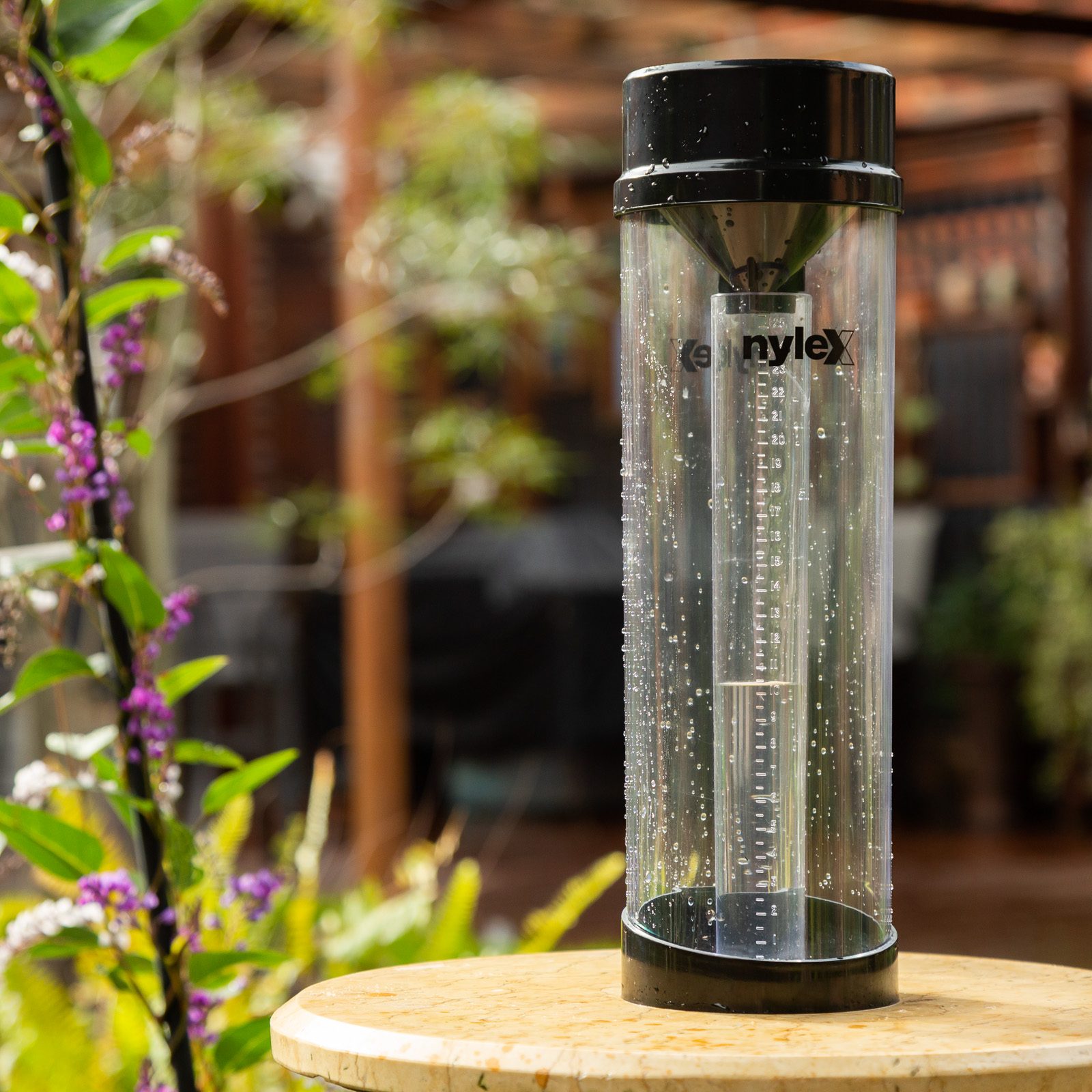Unveiling the Science Behind Rainfall Evaluates: How These Instruments Play a Crucial Function in Climate Study and Environmental Surveillance
Rainfall evaluates, relatively straightforward devices, hold an extensive importance in the world of climate study and environmental surveillance. As we peel back the layers of this clinical shroud surrounding rainfall gauges, we reveal a globe where precision, data accuracy, and careful monitoring converge to introduce a deeper understanding of our transforming climate and its impact on the world.
Relevance of Rain Gauges
Rain determines play an essential function in surveillance and measuring rainfall degrees, giving crucial information for environment research study and analysis. These tools are basic in evaluating the quantity of rainfall that happens in a certain area over a particular period. By collecting and gauging rain, rain gauges deal beneficial insights right into the distribution and intensity of precipitation, aiding meteorologists, hydrologists, and climatologists in understanding climate patterns and trends.
Among the essential reasons rain gauges are crucial is their capability to offer local and exact data. Unlike satellite or radar-based measurements, which supply wider observations, rain gauges deal exact details details to the area where they are put. This localized information is important for numerous applications, consisting of flood projecting, dry spell tracking, and water source administration. Furthermore, long-lasting data collected from rain evaluates aids in analyzing climate modification influences and patterns, contributing significantly to clinical study and decision-making processes. Fundamentally, rainfall evaluates offer as crucial devices in the area of meteorology and environmental science, playing a critical function ahead of time our understanding of weather condition and climate characteristics.
Kinds of Rainfall Scales

Functionality and Operation
In the realm of climate study and meteorological studies, the effectiveness of rainfall assesses lies in their intricate performance and accurate functional systems. Rain assesses are created to accurately determine the amount of precipitation that tips over a particular area during a set duration. These tools commonly contain a channel that gathers rain and networks it into a gauging tube. The determining tube is marked with calibrated dimensions that enable the accurate quantification of rains.
The performance of rain gauges is based on the principle of determining and gathering rainwater in a standardized manner. This gathered information is essential for understanding neighborhood weather patterns, tracking long-term climate trends, and assessing ecological effects. To guarantee accurate measurements, rain assesses requirement to be tactically put in open areas away from obstructions such as structures or trees that might disrupt the collection procedure.
The functional element of rain assesses entails normal maintenance to avoid particles buildup, calibration checks to maintain dimension accuracy, and data recording for analysis (rain gauge). In general, the functionality and procedure of rainfall assesses are crucial for collecting trusted precipitation data important to climate research study and ecological tracking
Function in Environment Study
Offered the vital importance of exact precipitation dimensions in understanding climate patterns and ecological impacts, the role of rain determines in climate research is crucial. Rain assesses supply necessary data for climate study by measuring the amount of rainfall that drops over a certain location during an offered period. This information is crucial for keeping an eye on lasting fads in precipitation patterns, examining the effect of climate modification on rains distribution, and boosting environment versions.

Environment scientists utilize information gathered from rain determines to evaluate variants in precipitation degrees, determine regional climate trends, and evaluate the effectiveness of water resource monitoring strategies. By comparing historical precipitation data with current dimensions, scientists can discover changes in precipitation patterns, such as changes in the regularity or intensity of rainfall events. This information is vital for recognizing how environment change is affecting rainfall dynamics and can assist policymakers make educated choices pertaining to adaptation and reduction approaches.
Applications in Environmental Monitoring

In flood forecasting, rainfall scale information assists to track rainfall intensity and distribution, enabling authorities to provide timely warnings and take essential measures to mitigate flooding risks (rain gauge). Drought surveillance relies on rainfall gauge information to examine moisture levels in the soil and track rainfall deficiencies, helping in the recognition of drought-prone areas and the application of dry spell action approaches
Moreover, rainfall gauge information plays a crucial function in water resource monitoring by providing more info on water accessibility and use fads. In addition, in farming, rainfall gauge information aids farmers in enhancing watering routines, plant selection, and total ranch monitoring techniques based on neighborhood rainfall patterns.
Verdict
In final thought, rain assesses are important devices for measuring rainfall, giving important information for environment study and ecological surveillance. With different kinds and performances, rain determines play an essential role in recognizing precipitation patterns and their effect on the setting. By properly gauging rains, these tools contribute to the innovation of clinical expertise and assistance in making educated decisions related to water source monitoring and catastrophe readiness.
Rainfall determines play a crucial role in monitoring and measuring precipitation levels, offering vital information for climate research study and analysis. The typical rainfall scale, known as the "tipping pail" scale, is one of the most frequently utilized devices. Ultrasonic rainfall assesses usage noise waves to identify the existence of rain, providing real-time data on rainfall levels.Climate researchers utilize information collected from rain determines right here to evaluate variants in rainfall levels, recognize local environment trends, and review the effectiveness of water resource management methods.In final thought, rain evaluates are important tools for determining rainfall, giving useful data for climate research study and ecological monitoring.